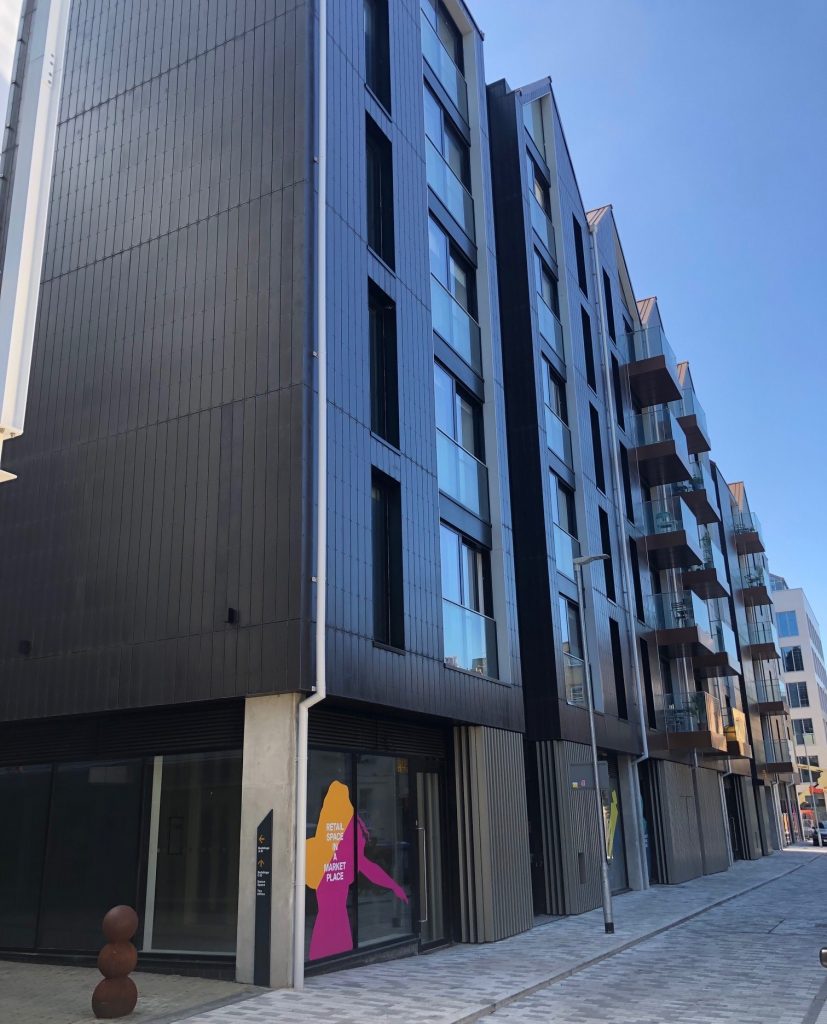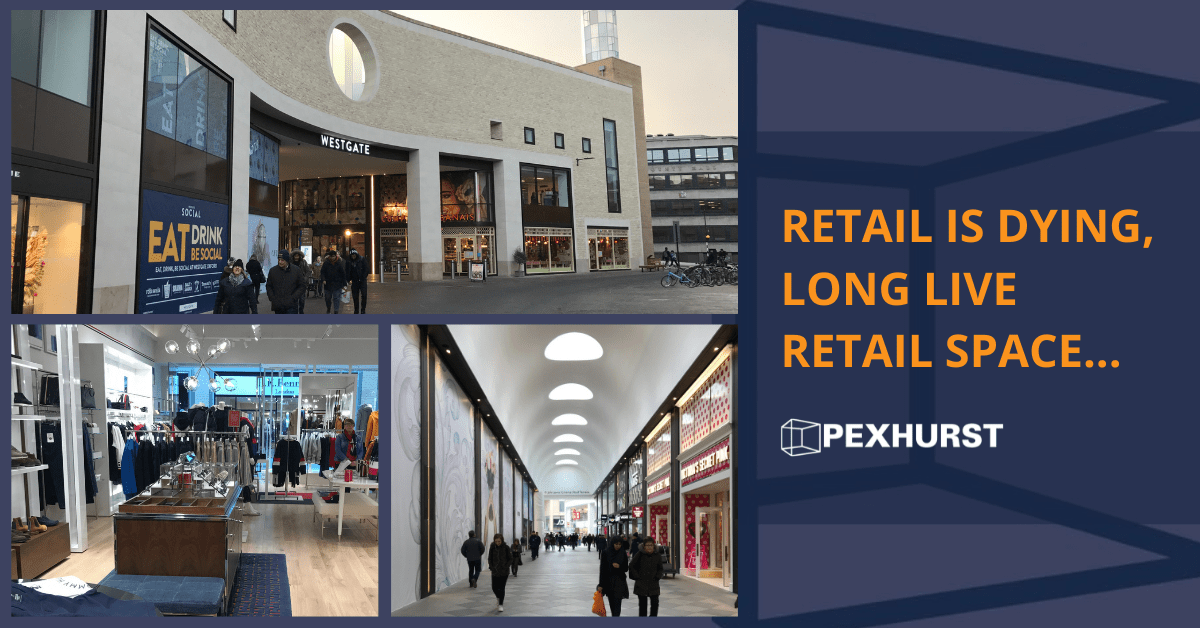Rejuvenating Retail districts
Ambitions to rejuvenate retail districts, destinations and high streets are not new. It was on the agenda before we had even learnt the word ‘Covid’. However, like many aspects of our lives, the pandemic has accelerated change, meaning that what might have taken years is now happening in months.
In his 2018 report, businessman and retail expert Bill Grimsey wrote: “There is a need for all towns to develop plans that are business-like and focused on transforming the place into a complete community hub incorporating health, housing, arts, education, entertainment, leisure, business/ office space, as well as some shops.”
The report recognised a trend that has, since then, only amplified in magnitude. Around that time, there was 27 million square feet of vacated retail space, according to EGI. Now, if current trends continue and store leases are not renewed as they come up for review in keeping with the present pace, there will be over 300 million square feet of excess retail space by 2030.
However, even that might downplay the matter. Knight Frank has argued that there is a groundswell of opinion that says all retail space is redundant and the property assets should be put to better use. Based on that perception, it says currently there is an oversupply of retail floor space of some 550 million sq ft, albeit it acknowledges the arithmetic is hard to nail down since “there is no magic number”.
No matter whose number is right, all variations point to a big amount of redundant space. If Westfield London, Europe’s largest shopping centre, is 2.6 million sq ft, that’s a lot of empty Westfields to consider. No wonder the debate about repurposing of retail space has come so much to the fore.
The new use for Repurposed Retail space
The next big question is what should be the new use for this space? With imagination being the major limiting factor (plus budgets not far behind), the spectrum of new choices is wide. As Knight Frank reported, redundant space would be better served by “any alternative use, be that mainstream commercial (e.g. offices, industrial) or residential (e.g. houses, apartments, build-to-rent) or any host of specialist/ niche classes (e.g. hotels, healthcare, senior living, student accommodation, data centres, life sciences etc. etc).”
The overriding decision for both the developer taking on the repurposing, and the overseeing local authority, is: ‘What’s right for this location?’ The more the locals love a new scheme, the more they will use it, adding to its economic viability as well as its social benefit. At one extreme, no-one wants to be associated with a White Elephant. At the other, there are imaginative schemes around the world that highlight what is possible with thought, support from local residents and ambition. For example, HafenCity in Hamburg, Santana Row in San José and Urban Escape in Stockholm. These may be larger than repurposing a single shop unit, but the desire to create something better than was there before remains the key guiding light.

A Pexhurst project in Brighton is a case in point. We have been appointed to repurpose the space of four empty retail units within and under two newly-built blocks of flats that form part of the Circus Street development. The scheme is to transform a disused municipal market that had been derelict since 2005 into a district that celebrates the diverse culture and lively atmosphere of the area. Our project includes the fit-out of shell retail units to create co-working spaces, residents’ lounge with bespoke joinery and furniture ideal for remote working, gym including full fit out and gym equipment, a reception area and bike store. The work is for client M&G Real Estate, alongside consultant Tuffin Ferraby Taylor.
The benefits of Repurposing Retail
Importantly, this plethora of possibilities can create opportunities beyond merely changing the fabric of a building. Instead, it can add to the community by creating much-needed homes, jobs, leisure and lifestyle attractions, local economic boosts and more.
The demand for new homes, for example, remains high with the Government setting a target of 300,000 new places to live per year in England according to its strategic plan to 2023. Embracing this clarion call, John Lewis Partnership has announced its ambition for 10,000 homes over the next few years, with 7,000 created within its existing property portfolio. Plans include repurposing department store car parks, above Waitrose supermarkets or next to distribution centres.
Although building new homes is desirable in itself, this approach brings further benefits beyond just a roof over someone’s head. Creating and maintaining vibrancy in towns and city centres is crucial to putting a stop to the already rising number of ‘ghost towns’. People are considerably more likely to use the amenities, attractions and retail that are, literally, on their doorsteps. Not just using the shops, but also the local library, cafés, taxis, cinemas, health clubs and hospitality. More than that, there are environmental benefits since less travel into a town centre is needed, decreasing the need for car use.
In Summary
As physical retail continues to decline, many shop units are being vacated, creating opportunities for repurposing. By creating new uses that are welcomed by local communities, the vibrancy of a town can return giving economic benefits. Building homes is one solution, or even a welcomed riverside park. Retail may be dead (or at least, slowing dying), but retail space has a long life left in it.
Follow us on LinkedIn – https://www.linkedin.com/company/pexhurst-services-limited/










